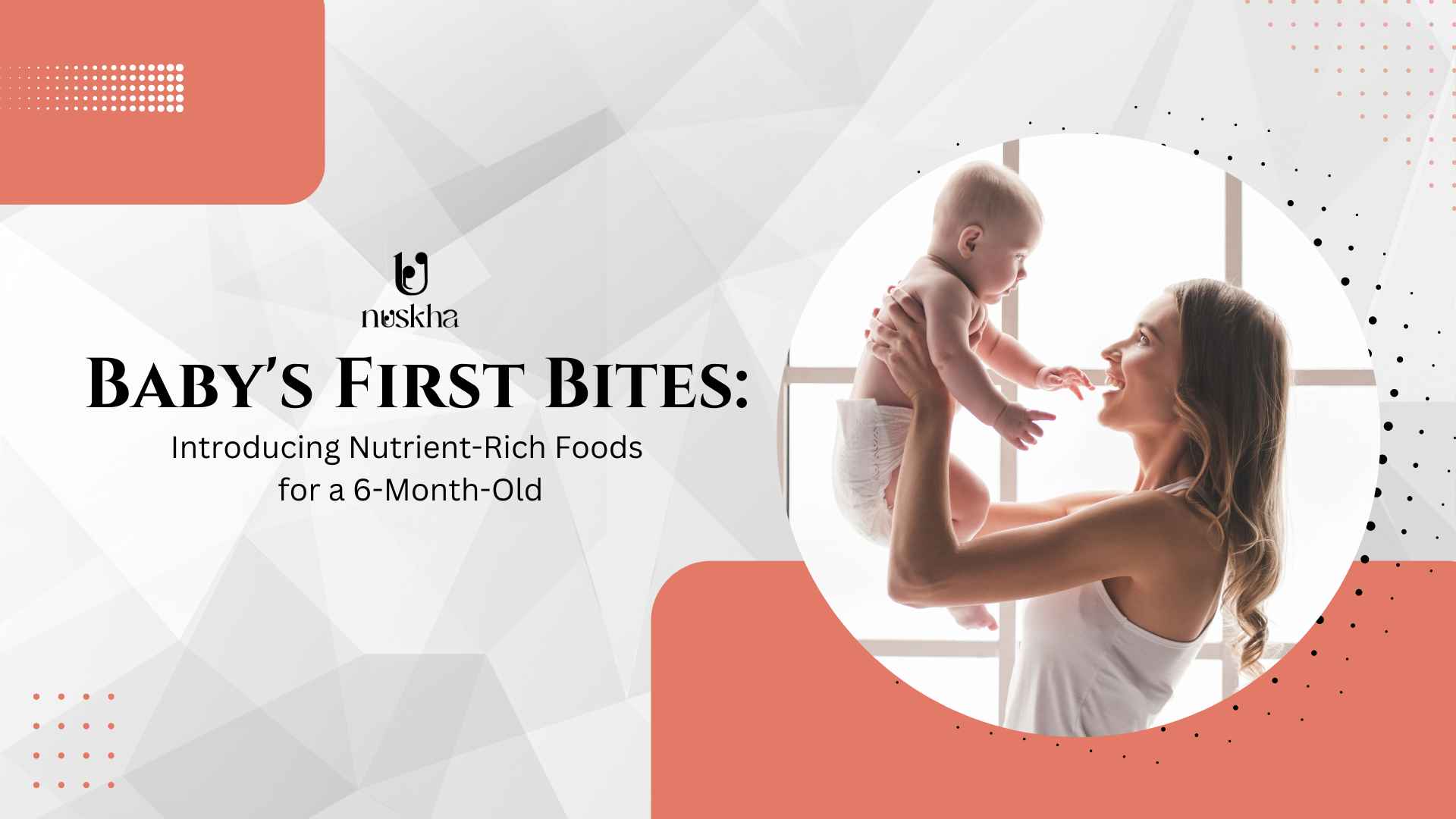
Introducing your baby to solid meals marks an exciting turning point in the journey of development. After a certain age, babies start to show symptoms of ready-for-solid meals. It usually happens when the baby is six months old. However, breast milk or formula is always your baby's primary source of nourishment. But featuring nutrient-rich foods in their diet helps improve it. It adds vital vitamins and minerals. Today we will discuss the process of introducing solid food to babies. So be ready and go through the process of feeding solids to your six-month-old. This provides some nutrient-rich suggestions to get their gastronomic journey started.
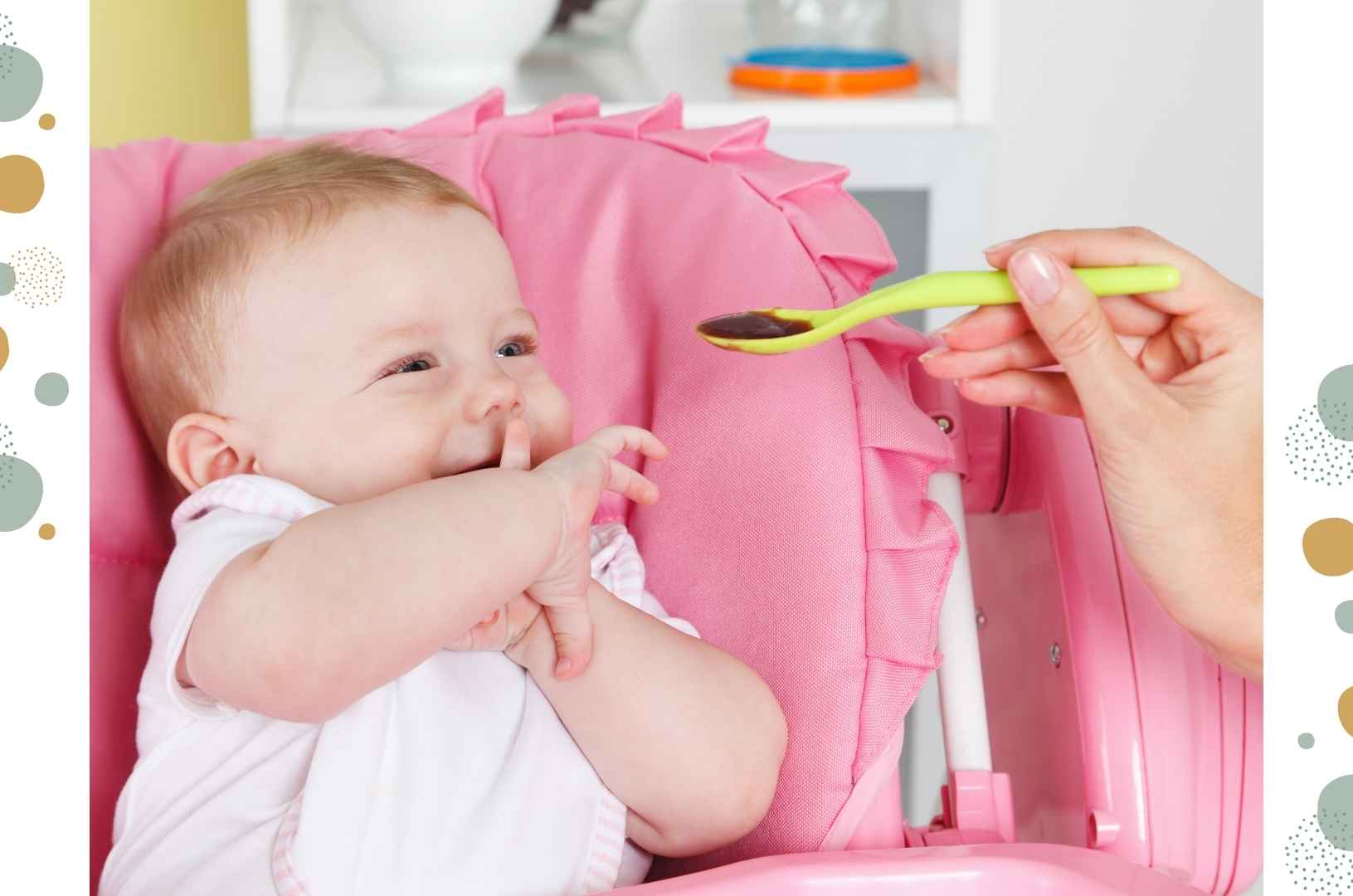
Before preparing a diet including solid foods, it's important to confirm that your baby is ready. Look for some signs.
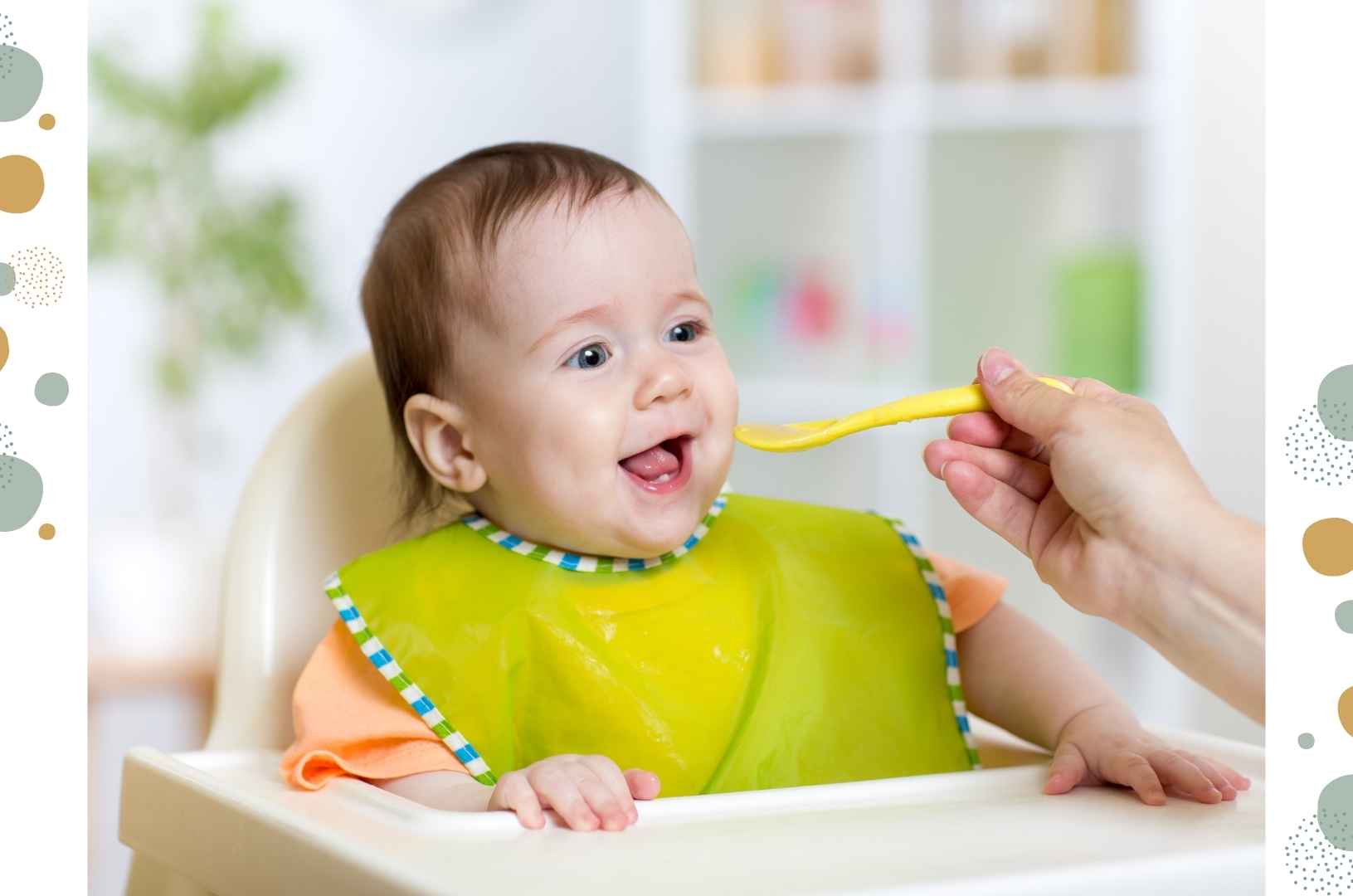
When introducing solids, it's important to start with single-ingredient, easily digestible foods. The list of nutrition rich food for babies that you can include in the diet chart:
Rice cereal is a famous first food for babies. It is smooth to digest and rich in iron, an essential nutrient for brain development.
Similar to rice cereal, oatmeal feeds a smooth texture and is rich in fibre, it promotes healthy digestion.
Start with mild fruits like mashed bananas that are easy to digest. These are packed with vitamins, minerals, and natural sweetness.
Carrots, sweet potatoes, and peas could be the best choices to pick. They are a powerhouse of beta-carotene and provide a variety of vitamins. You can blend it with grains like rice and oats.
Avocado is a healthy source of monounsaturated, a kind of fat. This is critical for brain development. Its creamy consistency makes it easy for babies to eat.
Plain yoghurt brings beneficial probiotics and calcium to your baby's diet. Do not put added sugars.
Include pureed meats, poultry, or well-cooked lentils for a good source of iron. This is an essential nutrient for blood.
If your baby becomes more comfortable with eating, introduce small, soft finger foods. You can add foods like small pieces of cooked pasta or well-cooked vegetables.
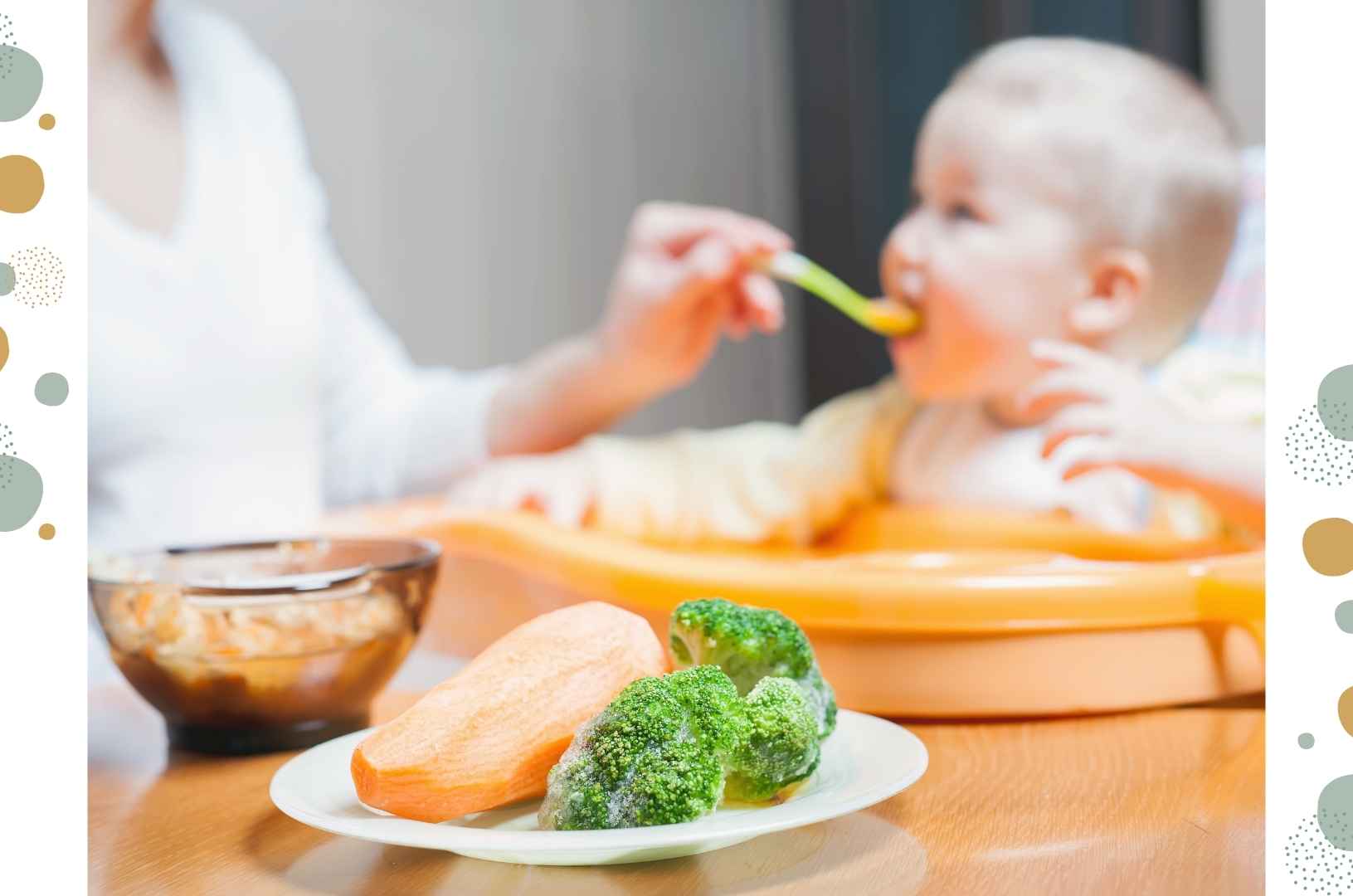
Introducing solid food is not an easy task; these tips would help you in taking care of your baby:
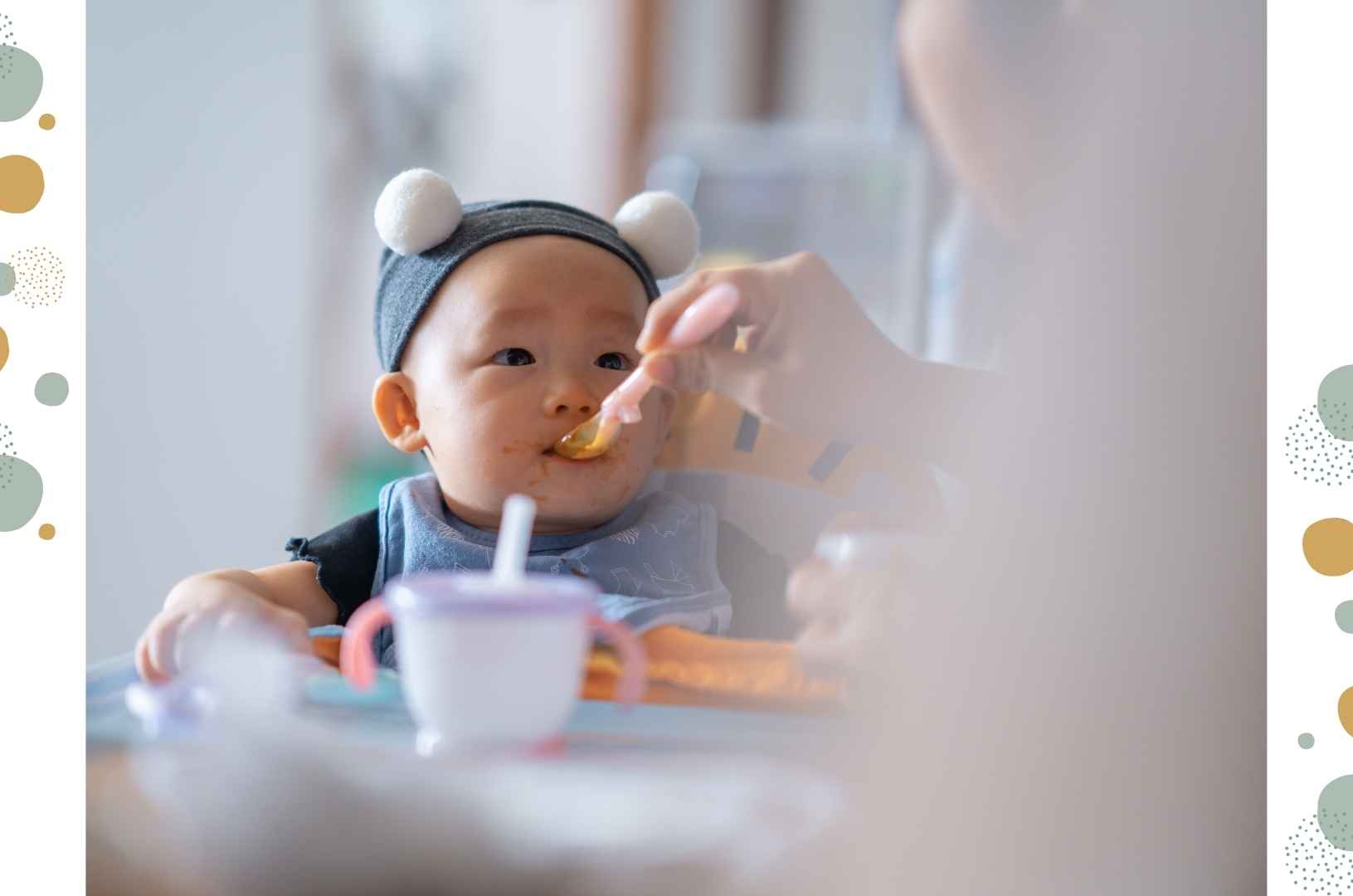
Introducing nutrient-rich foods at six months can provide several benefits for your baby's development:
Fruits, vegetables, and meats should be top for baby’s food like your pregnancy diet plan. They provide a variety of vitamins as well as minerals. These are important elements for the growth and development of babies.
Iron-fortified cereals and meats help prevent iron deficiency anaemia, common in infants.
Transitioning from purees to slightly textured foods encourages oral motor development and chewing skills.
Introducing potential allergens like eggs, dairy, and nuts early can reduce the risk of allergies later on.
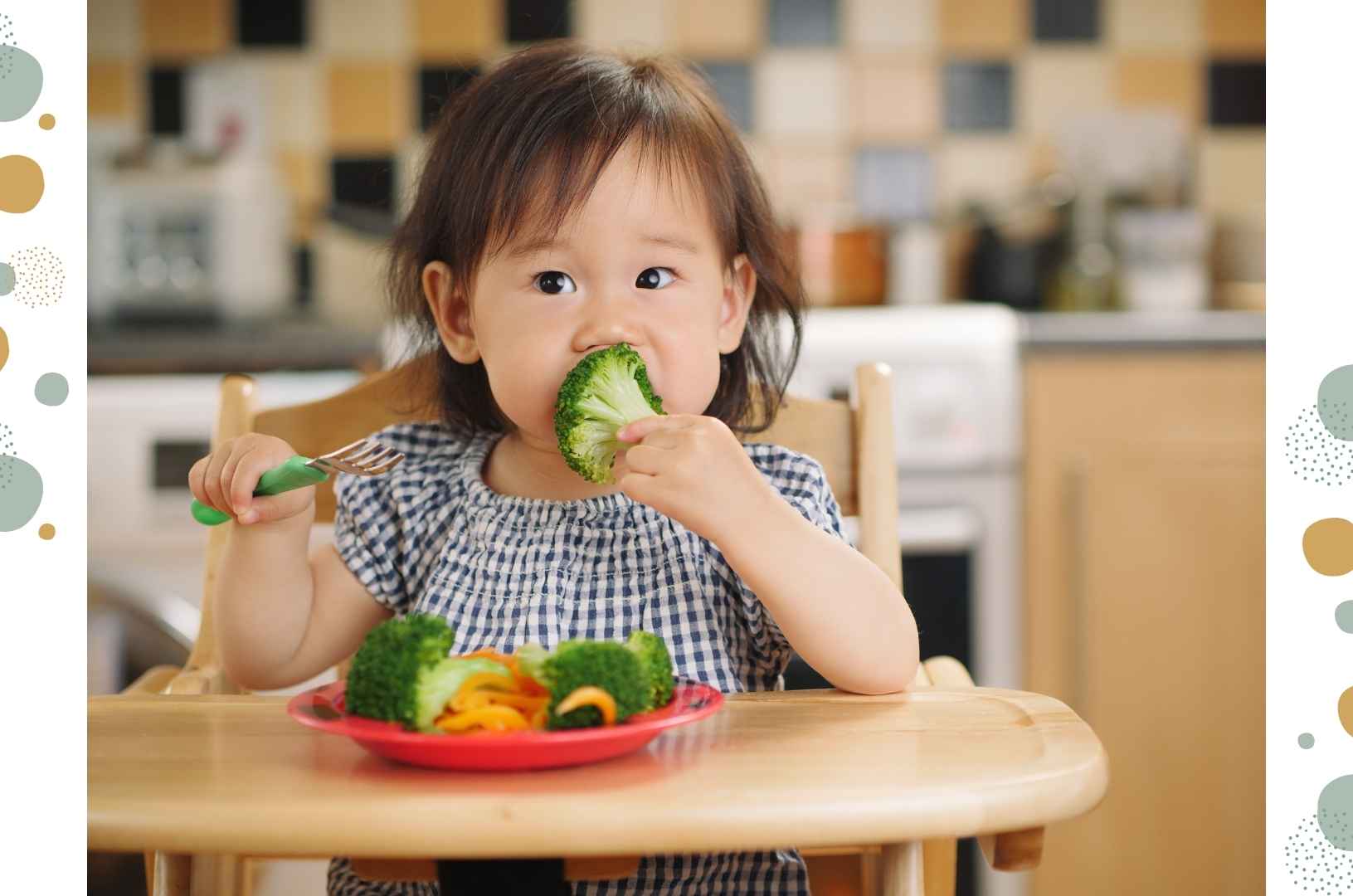
While introducing solid foods is exciting, it's important to keep these precautions in mind:
Avoid small, hard foods that can pose a choking risk. Cut foods into appropriate sizes and supervise your baby during meals.
Introduce potential allergens one at a time and wait a few days before introducing another. This makes it easier to identify any allergic reactions.
Keep in mind that the main source of nourishment for infants should be breast milk. Solids are supposed to supplement milk feeding, not to replace them.
Introducing solid foods to your six-month-old can be a delightful experience. Starting with nutrient-rich options like rice cereal, pureed fruits, vegetables, and iron-rich foods can set the foundation for a healthy diet. Pay attention to your baby's cues, be patient, and embrace their journey of taste exploration. Always consult your paediatrician before introducing new foods and follow their guidance to ensure your baby's nutritional needs are met as they embark on this exciting culinary adventure.